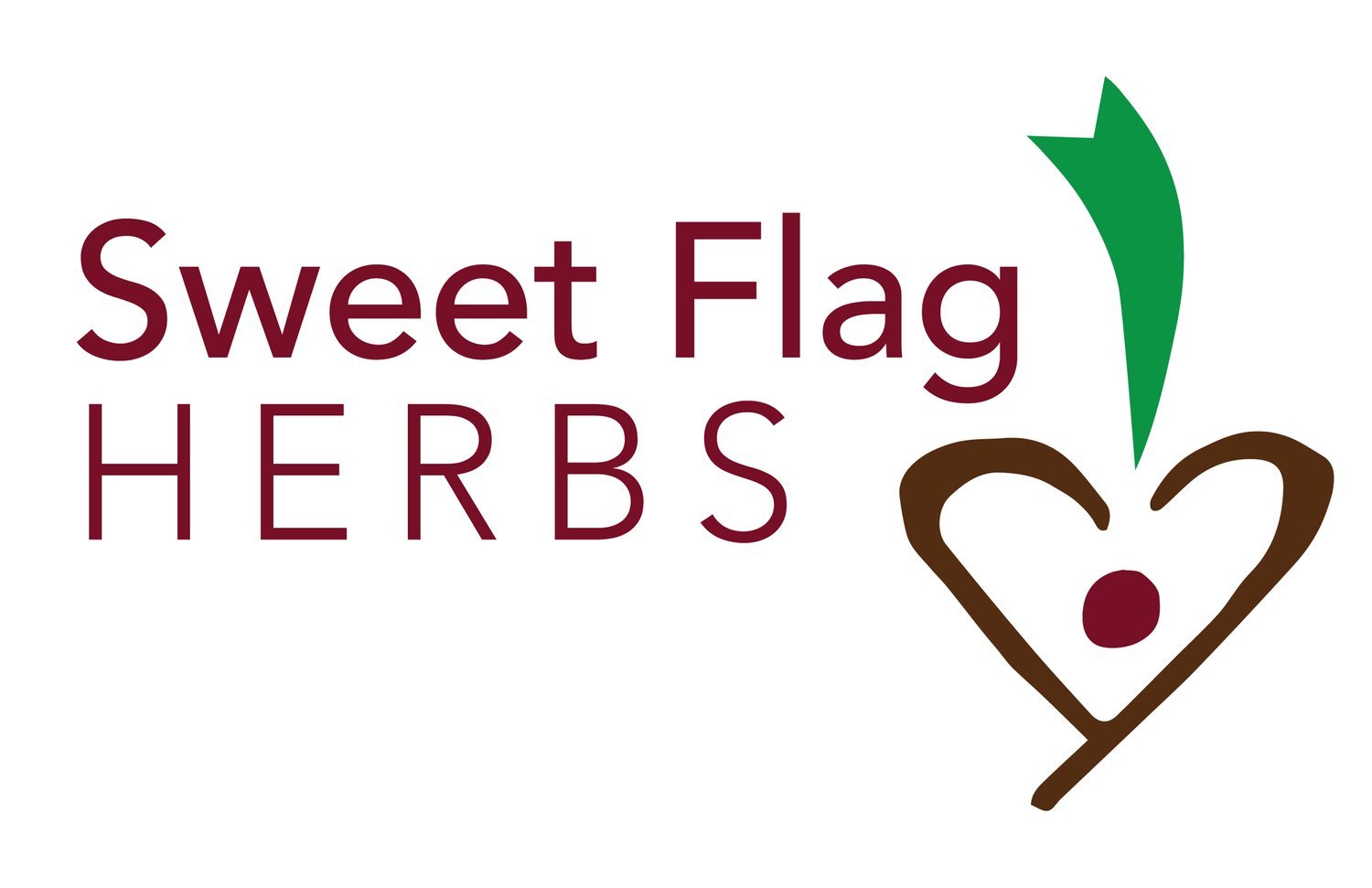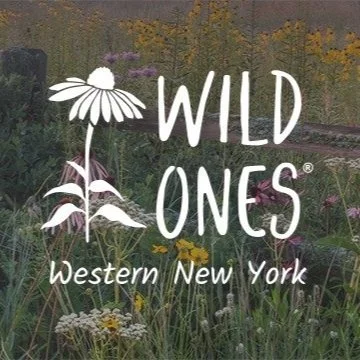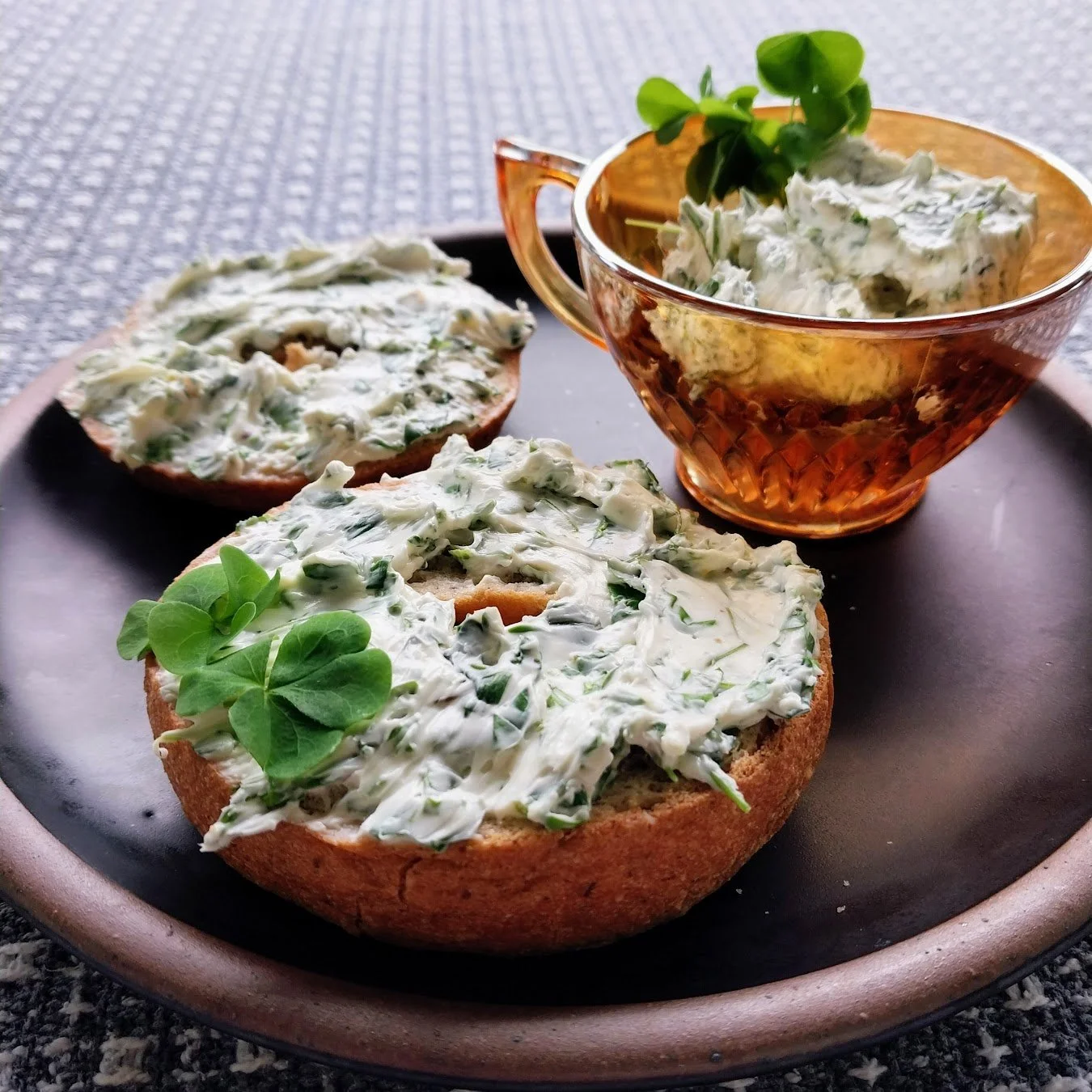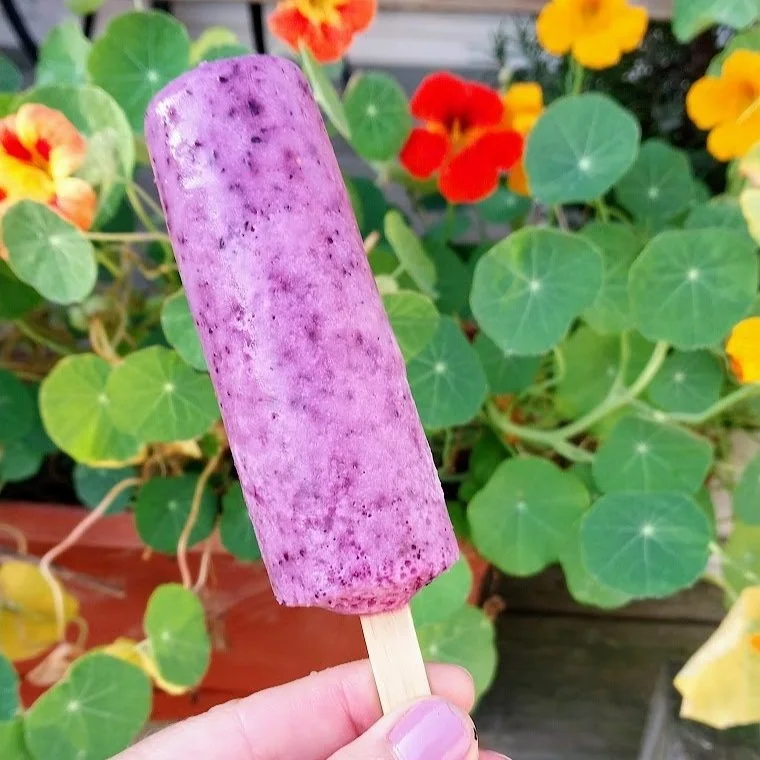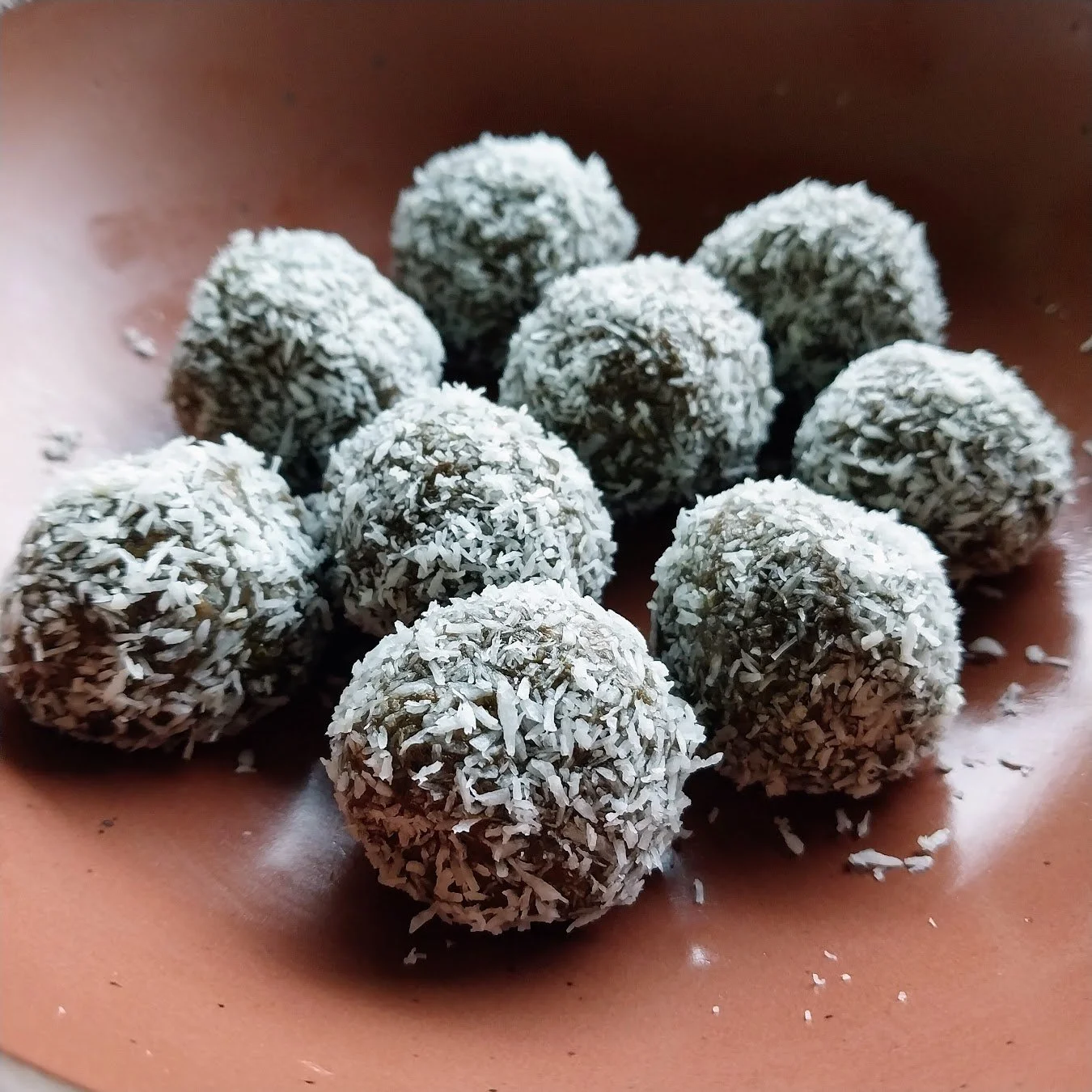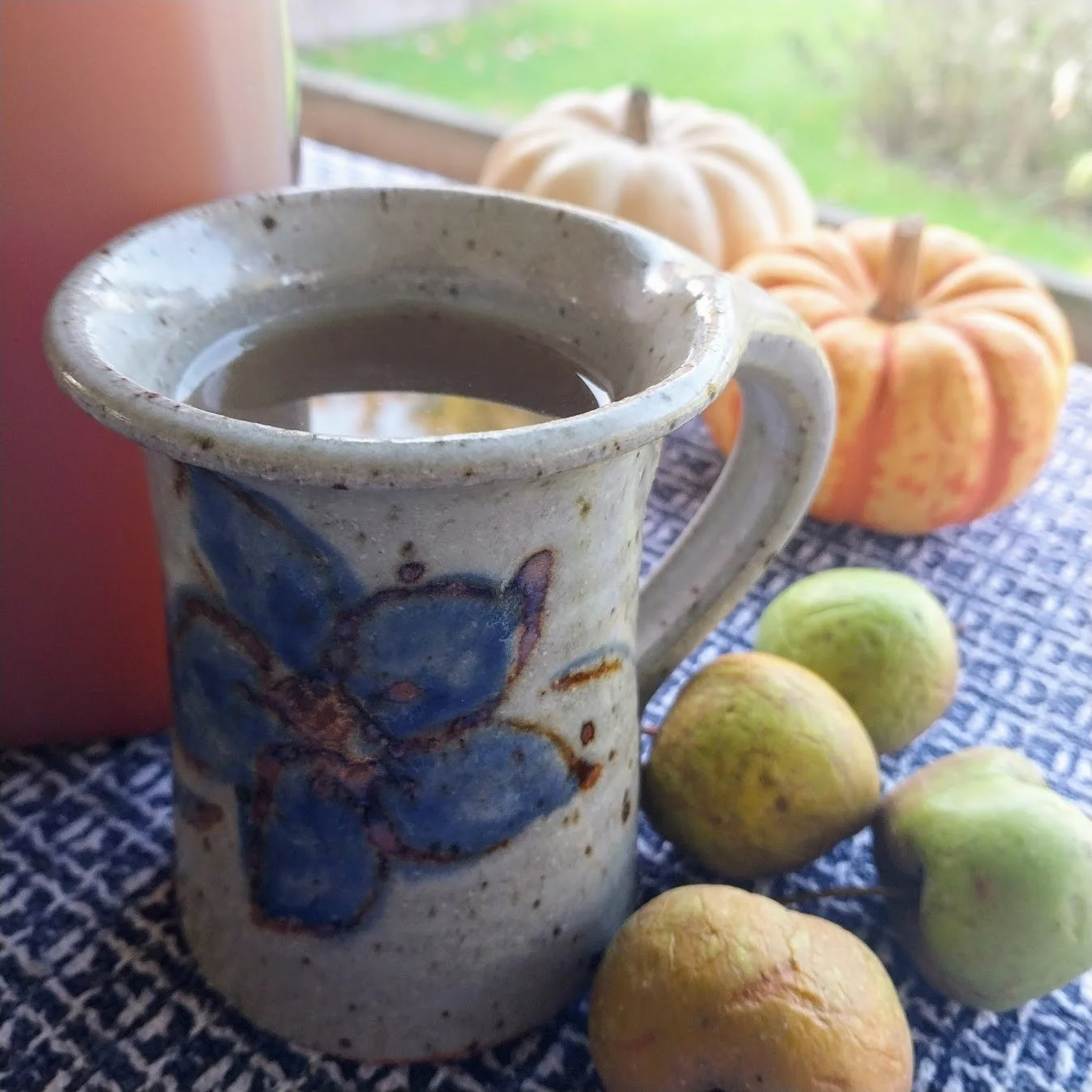
Native Culinary Herbs
Online Gardening Course
Do you love growing useful, tasty herbs--
and also wish your garden was home to more native plants?
Giving the course as a gift? Purchase using this web shop link.
The plants in most American herb gardens, spice cabinets, and nursery herb departments—oregano, basil, parsley, and more—are from the Mediterranean and Asia.
Which native plants serve as delicious culinary herbs?

Native Culinary Herbs will help you grow flavorful, nourishing food while supporting your local ecosystem with native species.
With a mix of written lessons, short videos, and simple recipes, this course takes you from seed to plate (or frosty beverage!) with 20+ native culinary herb species.
In this course, you will:

Once you enroll:
All course material is accessed at your convenience. There are no live classes.
You’ll have access for the life of the course—a minimum of five years from your registration.
Existing students enjoy all course updates at no additional cost. This includes new lessons, videos, and expanded nursery spreadsheets.
Cost may increase over time for new registrants.
Meet Your Instructors
-

Sarah Sorci
Lead Instructor
Sarah Sorci is an herbal educator, writer, and therapeutic gardening facilitator based in Western New York.
She offers educational resources for folks seeking empowerment, environmental sustainability, and ancestry connection by way of the plant world.
-

Ken Parker
Supporting Instructor
Ken is a passionate Indigenous horticulturalist and member of the Seneca Nation of Indians. A New York State Certified Nursery Landscape Professional (CNLP) and a Green Infrastructure Program Trainer, Ken has spent much of his life devoted to growing, installing, teaching and promoting indigenous plants of North America.
-

Laurianne Fleming
Guest Instructor
Laurianne is the Nursery Manager at The Plantsmen Nursery in Groton, NY (near Ithaca). The Plantsmen offers “truly locally grown plants, many from seed we collect locally; big, healthy plants grown spray-free without toxic chemicals; complete custom landscape services; hardscaping with local untreated larch lumber and natural stone; exceptional and friendly customer service; and natural display gardens…all set on our peaceful, accessible retail nursery property.”
-

Ellen Folts
Guest Instructor
Ellen is the owner and operator of Amanda's Native Garden in Dansville, NY. Ellen has a degree in agricultural and natural resources from SUNY Cobleskill and has worked in the horticultural field for 31+ years. She is a Senior New York State Certified Nursery and Landscape Professional.
Recipe Gallery (Course includes 30+ recipes)
Giving the course as a gift? Purchase using this web shop link.
FAQs
-
Gardeners are busy people! I created this course to be a quick reference. Most videos are short snippets, and most written lessons are in small chunks.
There are no deadlines or live lessons to attend. No required homework; no quizzes.
Most gardeners will grow a few new plants each year, rather than everything all at once. Guidance will be there when you're ready. (You’ll have access to the course for as long as it’s open—at least 5 years, and probably much longer.) -
I’m not tech-savvy either! I designed the course to be simple and streamlined. If you can log in to an online account—like email or Facebook—you have the skills you need to enjoy the course.
-
The following modules are now available:
Welcome & Why
Growing Native Plants
Common violet (Viola sororia)
Anise hyssop (Agastache foeniculum)
Nodding onion (Allium cernuum)
Bee balm (5 Monarda species)
Mountain mint (4 Pycnanthemum species)
Wild mint (Mentha arvensis)
Pepperweed (Lepidium virginicum)
Native hibiscus (2 Hibiscus species)
Wood sorrel (2 Oxalis species)
Spicebush (Lindera benzoin)
Yarrow (Achillea millefolium)
Wintergreen (Gaultheria procumbens)
Ramps (Allium tricoccum)
Toothwort (2 Cardamine species)
Wild garlic (Allium canadense)
Recipe Index
The following module will be added in 2026:
American dittany (Cunila origanoides)
I’m also adding an Honorable Mentions module—I can’t help myself! I may create full modules for some of these plants in the future.
Registered students will enjoy the expanding course at no additional charge. The price may increase for new registrants in the future as new material is added.
-
Native Culinary Herbs is best suited to North American gardens east of the Rocky Mountains and north of Florida.
-
The recipes I created for this course are not based on Native traditions. However, as a white American herbalist, I am indebted to Native communities for their expertise on the uses and properties of native plants. Their knowledge has been gathered through thousands of years of observing, experimenting, and connecting with these species. Native individuals exchanged knowledge with colonists (freely and by force) and enslaved/formerly enslaved people. This aided the survival of newcomers to this continent, shaping American herbalism and cuisine.
At its heart, this course is about adding native plants to our gardens to better support our ecological communities. Instructor Ken Parker has spent decades cultivating and teaching about native plants, and his expertise builds on the knowledge of his Seneca community and ancestors.
Indigenous culinary traditions and recipes aren’t Ken’s specialty, nor are they mine. The last thing we need is another second- or third-hand account of Native traditions written by someone who isn’t part of their community (like me!). So, you won’t find lessons on this topic or traditional Native recipes here.
Instead, we encourage you to learn directly from Native individuals and support their work. Below are wonderful chefs, herbalists, restaurants, and community projects that share offerings with the public:
Cafe Ohlone, Berkeley, California (website)
Felicia Cocotzin Ruiz, Kitchen Curandera, Arizona (website, Instagram)
Indian Pueblo Cultural Center Restaurant, Albuquerque, New Mexico (website)
Indigenous Food Lab, Minneapolis, Minnesota (website, Instagram, Youtube, Facebook)
Dr. Jacqui, ND, Xálish Medicines, Northeast US (website, Instagram)
Sage LaPena, Northern Wintu tribe, California (Instagram, Facebook)
Chef Sean Sherman, Oglala Lakota Sioux tribe member (website, Instagram, Facebook)
Seneca Iroquois National Museum / Onöhsagwë:de’ (“house opening”) Cultural Center (website)
Chef Sherry Pocknett + Sly Fox Den Restaurant, Mashpee Wampanoag, Rhode Island (Sly Fox Den Restaurant website and cultural center; Sherry’s Instagram)
White Corn Project, Ganondagan Historic Site, Upstate New York (website)
If you would like to make a recommendation for this list, please feel free to reach out using the Contact page.
-
Nope! Feel free to skip around and refer back to lessons as you please.
-
Nope! Everyone will approach this course differently based on their unique gardening situation and time restraints. You know best what you need from this material and when.
You are here because you're genuinely interested in adding delicious, native herbs to your garden--supporting your local ecosystem in the process. Congratulations! That's enough.
-
There is no time limit for completing the course. You will have access for as long as this course exists—at least 5 years (and probably much longer).
For updates on Native Culinary Herbs, join the Sweet Flag Herbs Newsletter.

